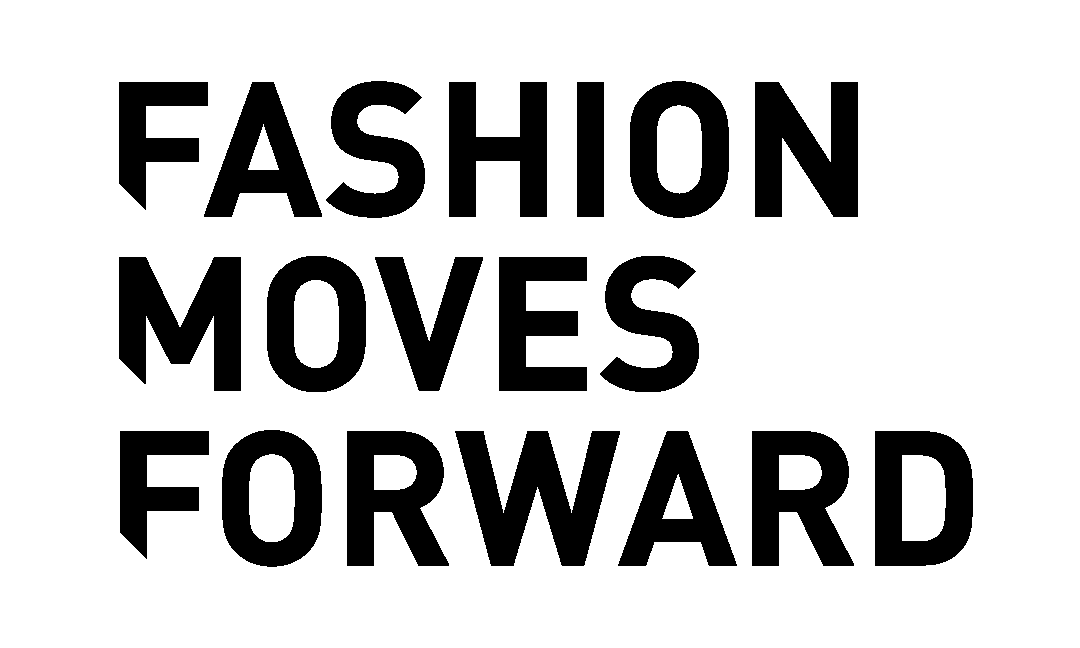Parallel Cultures: The Emergence of Punk Fashion
Over the last 50 years, the fashion industry has created a bridge between the counter-culture of the fashion industry and that of the punk rock and metal scenes. Since its emergence in the early 1970’s, punk rock has been at the forefront of pushing the envelope of immensely divisive topics a la politics, religion, gender norms, and of course clothing. It comes as no surprise that the fashion industry has slowly merged its ideas with the themes associated with punk and metal music.
The individual credited with starting the punk-fashion revolution, Vivienne Westwood, has now become a household name in the fashion industry where her namesake brand consistently pushed fashion forward. In collaboration with Sex Pistols manager, Malcom McLaren, Westwood opened a store called “Let it Rock” and another store called “SEX” in the 1970’s that would push the boundaries of what fashion was and create an idea of what fashion could become in the decades that followed. At her stores, Westwood began stocking the shelves with clothes that, at the time, were considered unpalatable to the fashion industry and wider public.
Westwood’s handmade clothes often contained images of prominent religious figures and people of power and gave them a certain edge through distortion of images and distressed fabric. Clothes containing images of Jesus on upside down crosses, Queen Elizabeth with a nosebleed, nudity, spray-painted art, bondage pieces and even tank tops with real chicken bones were staples at the storefronts and resonated with punk fans. Her ability to create wearable messages of the rejection of not only the fashion establishment but the establishment as a whole was revolutionary and is now being recognized and referenced as an inspiration to many of the clothes and trends we see today.
However, as time progressed, Westwood’s vision and designs would not be renounced by the fashion world for much longer. As designers took notice, someone who was heavily influenced by Westwood (after visiting her store “SEX”) was Rei Kawakubo, a designer that has since become renowned for her renegade, avant-garde, and often outlandish designs. Since the founding of her label Comme Des Garcons, in 1973, Kawakubo has often played with the same themes that made Westwood and her early work so revolutionary (especially in her earliest collections). During her S/S 97 show, she unveiled creations on the runway that had featured sheer fabric that left the model’s breasts exposed, styles that were not proportional to the human body, (a nod to Westwood’s F/W 94 collection), and trotted them across the runway as high-class figures of society. More recently in her S/S11 collection, Kawakubo shifted to designs that were looser-fitting, and opted for fabrics and styles that are more in tune with the contemporary state of goth/punk fashion but remain rooted in the core ideas of these subcultures.
Kawakubo is not the only Japanese designer that has pushed punk/goth fashion to the forefront of the industry. In fact, Japanese designers can be largely credited for punk/goth fashion becoming a mainstream style. Designers like Yohji Yamamoto and Jun Takahashi of Undercover have become prominent figures of the fashion industry and have fully embraced punk/goth styles. Loose-fitting, graphic-filled, black clothes have been consistent in their collections showing Kawakubo’s influence on the artists and Japanese fashion as a whole. Frenchman Henri Alexander Levy of Enfants Riches Deprimes is another designer that has been heavily influenced by Japanese & punk fashion. Levy set out to create a French punk streetwear label and has done so successfully through many collections featuring distressed graphic shirts and many pairs of boots donning lengthy heels, even offering a pair with a pack of Marlboro cigarettes which function as a heel. "The best way for me to explain the brand is elitist, nihilist, couture,” Levy explained in a 2016 interview with Complex. “The price point eliminates the masses, and the ideas eliminate the people who I don't want, generally, in it, due to the dark nature."
As punk style has become increasingly coveted by archivists and has reached mainstream popularity, more designers have emerged to offer their interpretations of punk fashion - one of the most well-known being Rick Owens. Dubbed “The Dark Lord”, Owens has redefined the idea of how punk/goth fashion should look and feel when being worn. His designs often include men wearing shoes with massive heels with shorts and pants donning his signature, disproportionate drop-crotch. This style has been described as uncomfortable, allowing limited mobility to the wearer’s legs. Owens’ style has sparked a following that could be described as cultish and has inspired a new generation of punk/goth fashion.
Everard Best is yet another designer creating his own lane in the anarchy of goth/punk fashion. A fresh face in the fashion world, his collection “WHO DECIDES WAR by MRDR BRVDO” is riddled with brutalist styles and references to religion. The denim in this collection is highly distressed, creating a grungy but tasteful look that reimagines how distressed jeans should look. Paired with the collection’s signature “Anti-666” logo and a graphic depicting Jesus’ hand post-crucifixion, these pieces embody the themes of punk and goth head-turning styling, pushing an acceptance of religion as a social construct rather than a critical commentary.
From its humble beginnings in the 1970’s punk music scene to the mainstream labels we see today, punk/goth fashion has created an avenue of fashion that is rooted not only in self-expression but one that also symbolizes the counterculture of all art and society. Time will tell whether this avenue will be here to stay and continue its momentum into the decades to come. However, there is no denying that punk/goth fashion has come far from a small boutique in London and has reached all edges of the fashion world.




